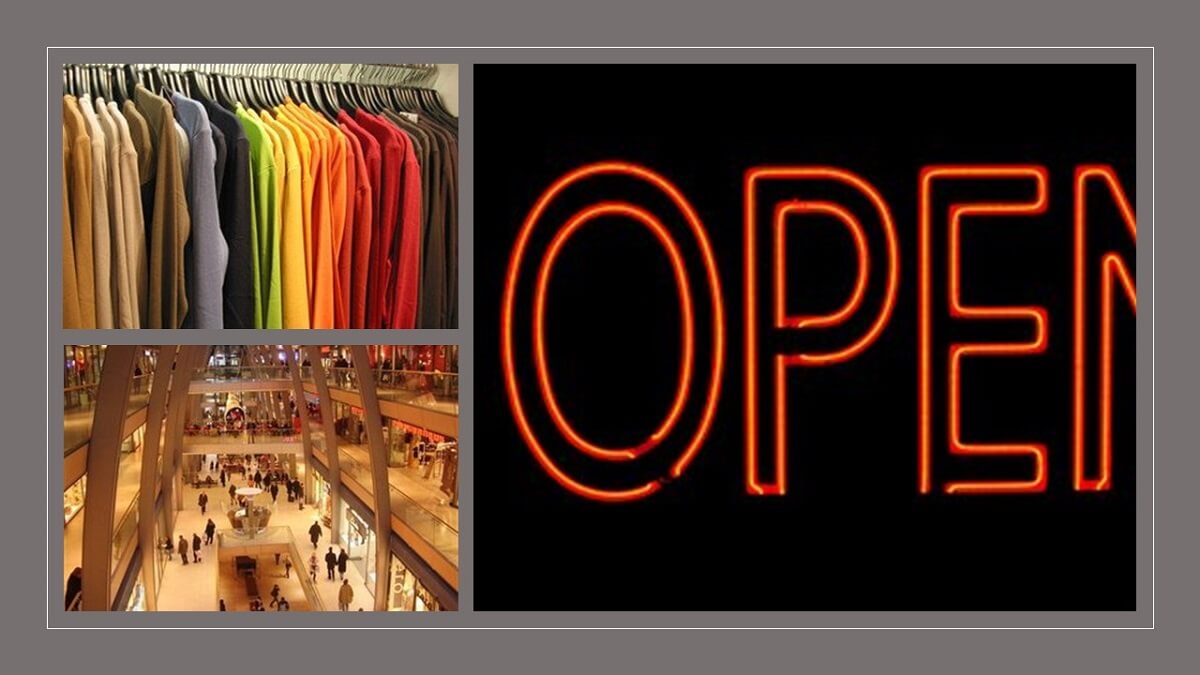Last week, a major study was released that seeks to pinpoint the key drivers of the coronavirus economic slowdown and to gauge the effectiveness of stimulus efforts meant to combat it. The researchers mined vast quantities of consumer data from multiple sources, and the conclusions drawn by the study contain important insights for marketers tasked with navigating brands through these challenging times.
Perhaps most important for marketers is the oversized role affluent consumers play in the current economy. This is unlike the recessionary conditions we’ve witnessed in the past, so let’s take a look at what’s making the current situation so unique.
Who stopped spending the most?
To understand the nature of the economic slowdown, it’s important to understand where spending dropped off most rapidly as America went into coast-to-coast lockdown.
The study discovered that spending reductions were the greatest among higher income households who can typically be counted on to frequent local businesses, such as bars, salons, shops, and other small businesses, especially in more affluent urban areas. The study found that the more disposable income a household typically spent pre-COVID, the greater the toll that their reduced spending had on the economy.
In other words, the robustness of our economy before COVID-19 was largely built on high levels of discretionary, non-essential spending. The pandemic brought that purchasing behavior to a near standstill.
This is different from a typical recession, which is marked by a drop principally in spending on durable goods, putting more of the financial pinch on manufacturers and large retailers. Instead, it’s small, “non-essential” businesses that have shouldered the load.
In retrospect, this makes perfect sense, as the people with the most disposable income suddenly had no place to spend it. Like everyone else, they responded to the lockdown by spending largely on what they saw as essential for weathering life stuck at home, with far less spending on non-essentials. As of mid-June, high-income households had reduced spending by 17%, while low-income households saw a much smaller 4% overall reduction.
The result was a 70% drop in revenue among small, locally-owned businesses frequented by higher income consumers. The impact was felt even more acutely in urban areas that also bring in substantial revenues from the tourist trade. Cities such as New Orleans, Miami, and Honolulu were hit with a one-two punch and saw the greatest drop in small business earnings.
Where were the most jobs lost?
Montgomery County in Maryland is among the most affluent counties in the nation, and historically immune to the impacts of recession. During the dotcom recession of 2001, for example, unemployment there never went above 3%, and in the Great Recession, the county boasted one of the lowest unemployment rates in the country. Today, it stands at 12%.
Why? Because that 70% decline in revenue among small businesses in affluent areas like Montgomery County led to a corresponding (and cataclysmic) 70% reduction of their work forces, while businesses in poorer zip codes lost a smaller (though still painful) 30% of workers. But across the board, in rich zip codes and poor alike, unemployment is by far highest among lower-income service workers, many of whom work paycheck to paycheck.
Past recessions have been marked by wide scale layoffs at large companies, inflicting a heavy toll on salaried employees. This time, job losses are scattered across millions of small businesses– businesses that typically employ hourly workers at the lower income levels.
How well did the stimulus work?
There’s no question that people found the stimulus checks they received quite useful and the money most likely flew straight through their bank accounts and back out the door. And yet the study indicates that the economy didn’t get the widespread boost that was hoped for.
This appears to be because most of the stimulus money didn’t go to the businesses that were suffering the most—again, those small, locally owned business. Instead, most of the money went to pay for essentials, like food, rent, and mortgages, or to pay down credit cards. But comparatively little went to pay for services from those same small businesses that were hardest hit by the lockdown.
So while the stimulus did boost spending, that influx went primarily to brands like Amazon and Walmart, without ever reaching the parts of the economy that needed it most.
What it all means for marketers
The bottom line is that a return to higher rates of discretionary spending is the needed catalyst for increased consumer activity overall. In fact, a sustained uptick in non-essential spending should be a positive signal to brands of all stripes that the economy is headed in the right direction. As of now, such consumer behavior is directly related to the confidence that large segments of the population either do or don’t have in venturing out and engaging in all of their usual pre-COVID activities.
Marketers have a big role to play in this. As we’ve discussed before, clearly communicating the measures you’re taking to create a safe, comfortable buying experience is currently job one. This is particularly true for brands in the retail, hospitality and service sectors, but it extends to marketers in any industry that depends on in-person customer foot traffic.
Outreach to more affluent consumers is especially important right now, as they not only have the most disposable income on hand, they’re also exhibiting the highest levels of pent-up demand for many types of consumer goods and services. And with so many marketers making the short-sighted decision to lay low, brands that are proactive about addressing the needs of affluent consumers could find themselves in a surprisingly uncrowded marketplace filled with potential buyers.
In other words, now’s the time to reach out to those audiences we know are eager to start spending again… under the right conditions.









